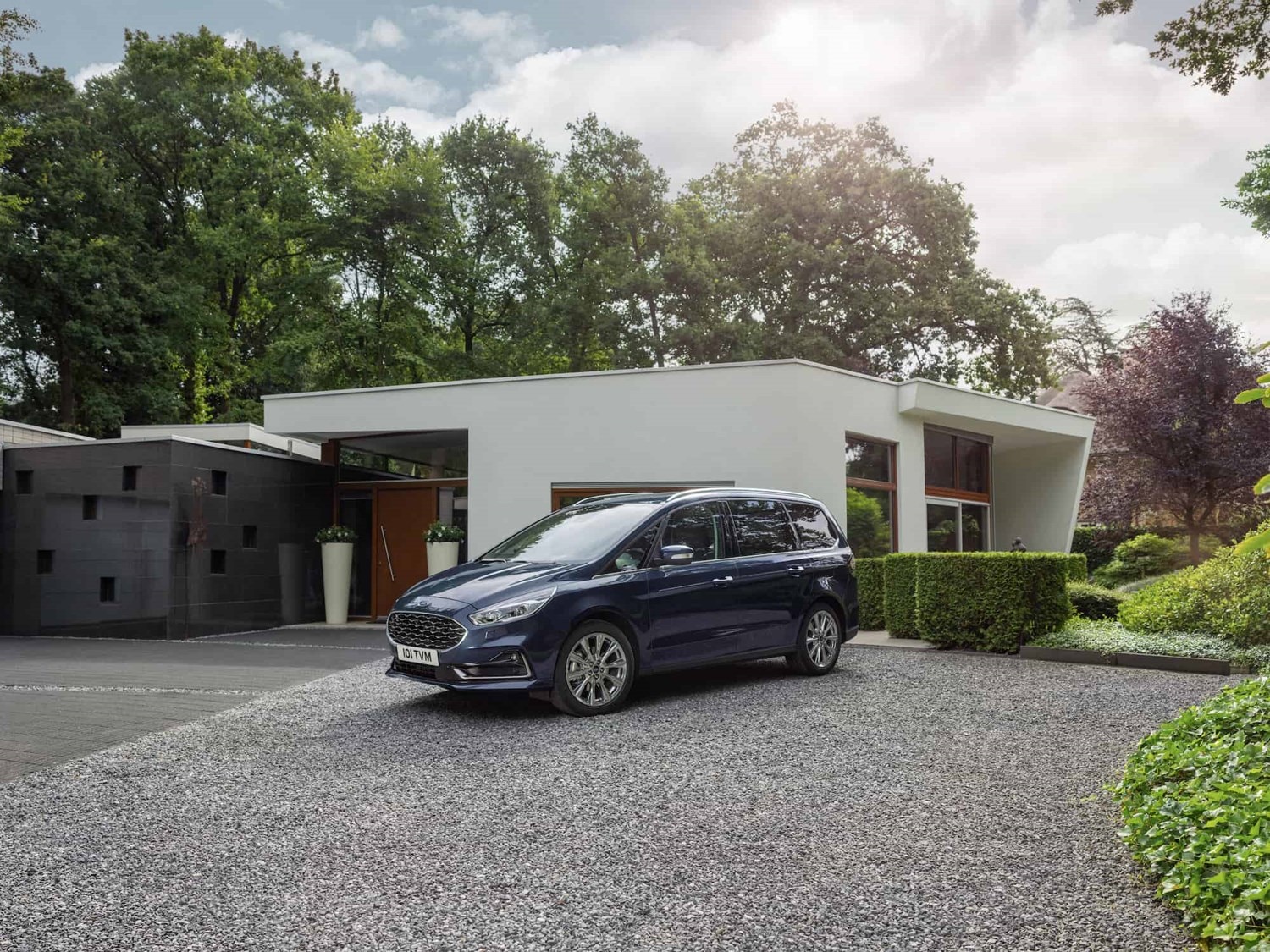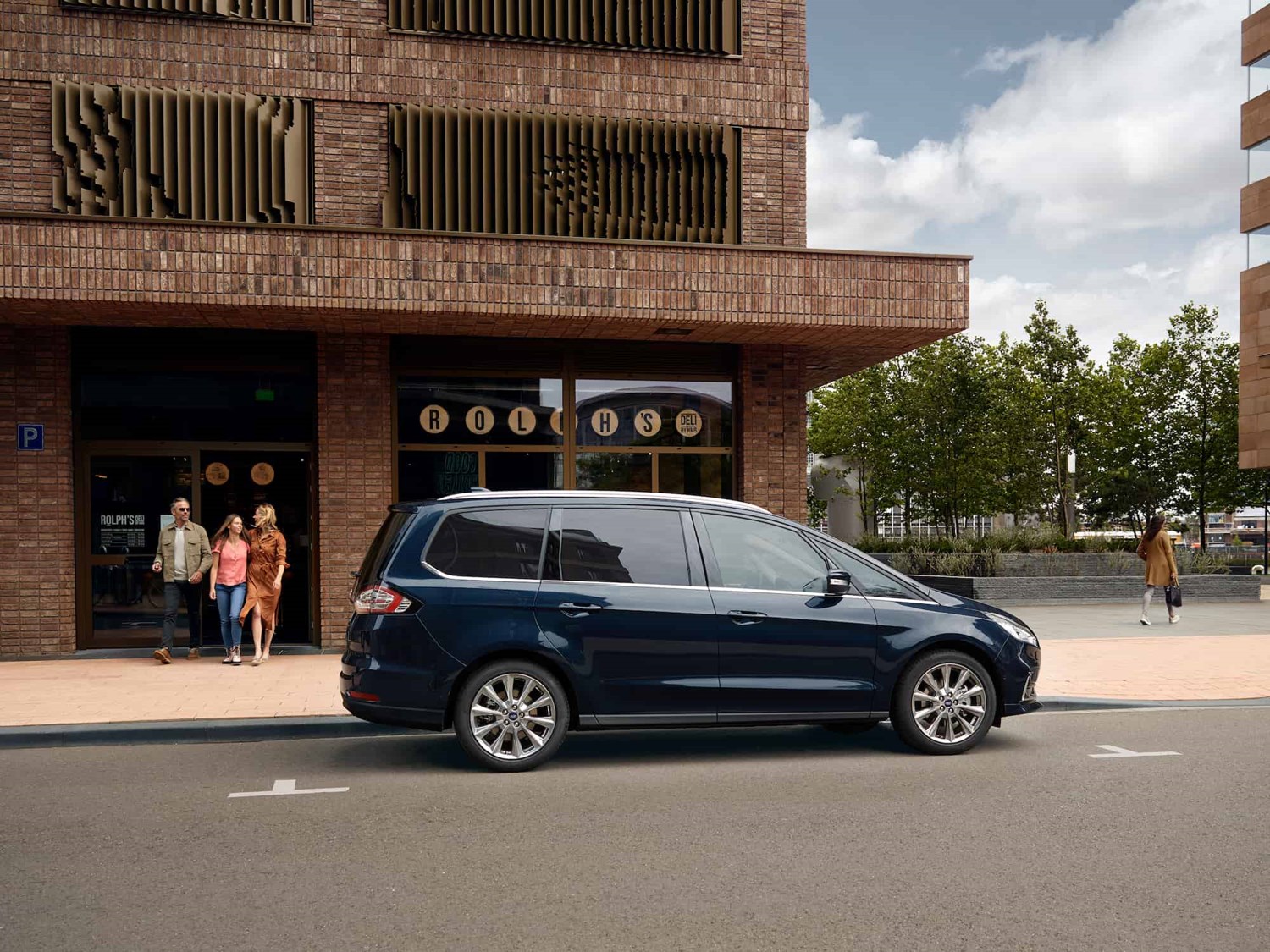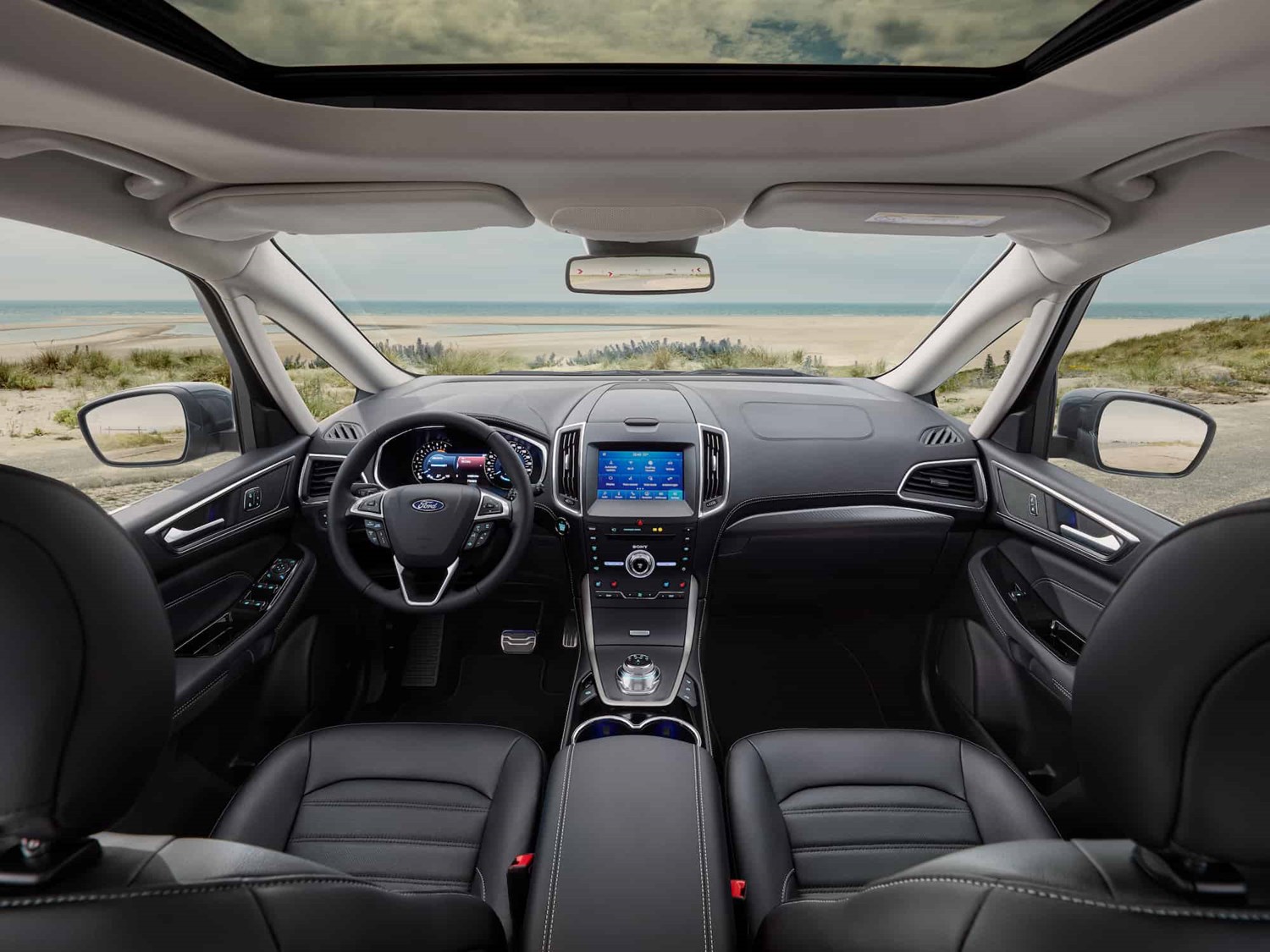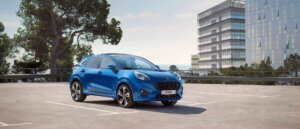Model review
The Ford Galaxy first arrived on the MPV scene in 1995. In its first generation, it was produced as a joint venture between Ford, Volkswagen and Seat. The vehicle was badge-engineered to create three cars – the Ford Galaxy, Volkswagen Sharan and Seat Alhambra. The Galaxy was even offered with Volkswagen’s famed VR6 engine – in fact, most of the engines in its line-up were sourced from VW.
In 2000, the model was facelifted, gaining a new face and rear among other changes. Since then, it’s been dubbed the Mk2, despite its resemblance to the original. Ford really improved the Galaxy with the update — it became a little bit better in every way, paving the way to making it arguably the best family MPV on the market. In 2003, the range was revised again before, in mid-2006, the second-generation Galaxy arrived.
The second-generation car marked a departure from the Galaxy, Sharan and Alhambra setup established with the original model. No longer did it possess any traces of Volkswagen Group, and it was now being built alongside the Mondeo in Belgium. All engines in the line-up were also sourced by Ford.





